|
80x5 -
240x3 -
240x4 -
320x1 -
320x2 -
320x3 -
640x1 -
640x2
Set display option above.
Click on
images to enlarge. |
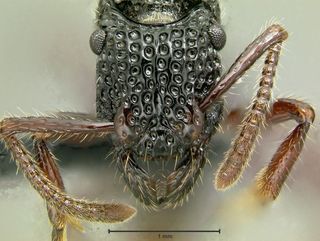
© Copyright Gary Alpert, 2005-2008
· 0
Gnamptogenys posteropsis, head |
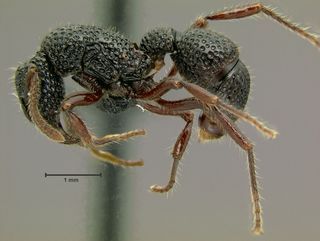
© Copyright Gary Alpert, 2005-2008
· 0
Gnamptogenys posteropsis, side |
|
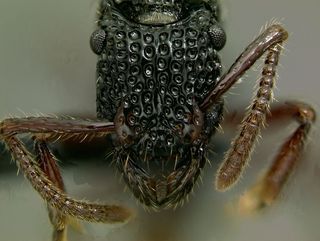
© Copyright Gary Alpert, 2005-2008
· 0
Gnamptogenys posteropsis, head |
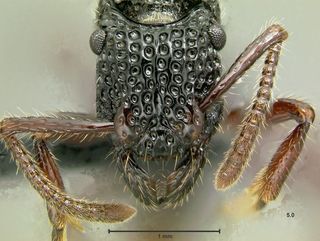
© Copyright Gary Alpert, 2005-2008
· 0
Gnamptogenys posteropsis, head |
|
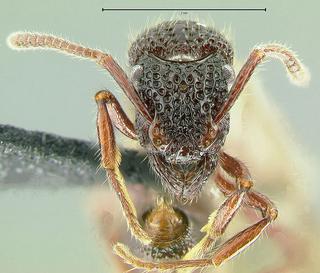
© Photographer/source
Gnamptogenys posteropsis, queen, head
JP80487_03 |
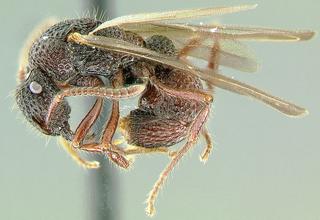
© Photographer/source
Gnamptogenys posteropsis, queen, side
JP80487_04 |
|
Identification | |
The posteriorly located eyes are diagnostic.
|
|
|
Names | |
|
|
|
Geographic distribution | |
In the Philippines, Mt. Isarog Natural Park, Camarines Sur Province, Luzon Island.
|
|
|
Natural history | |
We found a nest of this species in a side cavity as we were digging out a ground nest of Diacamma rugosum.
|
|
|
How to encounter | |
Break hollow twigs and chop rotten logs to find nests. Hand-sift leaf litter. And bait with ant larvae or young termites, then follow the forager to its nest.
|
|
|
References | |
Lattke, J. E. 2004. A taxonomic revision and phylogenetic analysis of the ant genus Gnamptogenys Roger in Southeast Asia and Australasia (Hymenoptera: Formicidae: Ponerinae). University of California Publications in Entomology 122: 1-266.
|
|
|
Acknowledgements | |
We greatly appreciate Dr. John Lattke's sending us a beta version of his paper to allow us to identify our transect specimens correctly.
|
|
| Supported by | |
Updated: 2024-04-24 23:21:23 gmt
|